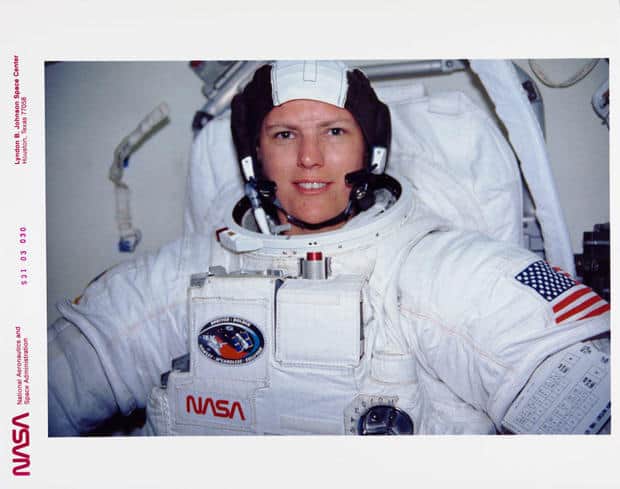Former NASA astronaut Kathy Sullivan became the first woman to reach Challenger Deep, the deepest point in the ocean. Sullivan was also the first American woman to complete a spacewalk over 36 years ago. Now, she’s the first human to have done both.
Sullivan was a part of a roughly 5-hour expedition this week that went 10,925 meters below the surface of the Pacific Ocean. She was joined by pilot Victor Vescovo of Caladan Oceanic, a private company dedicated to the advancement of marine technology.
After they reached the surface, EYOS Expeditions, which organized the mission, coordinated a call between the International Space Station and the DSSV Pressure Drop, the launching point for the DSV Limiting Factor.
“As a hybrid oceanographer and astronaut this was an extraordinary day, a once in a lifetime day, seeing the moonscape of the Challenger Deep and then comparing notes with my colleagues on the ISS about our remarkable reusable inner-space, outer-spacecraft,” Sullivan said in a statement.
Vescovo gave a shoutout to his partner on Twitter after becoming the first human to walk in space and descend to the deepest point in the ocean.
“Just back up from Challenger Deep! My co-pilot was Dr. Kathy Sullivan — now the first woman to the bottom of the ocean and a former astronaut as well as NOAA Administrator! Big congratulations to her!” he tweeted.
Only eight people have ever reached Challenger Deep, including “Titanic” director James Cameron. According to CBS News space analyst Bill Harwood, 574 people from over 40 nations have gone to space.
Sullivan is a veteran of three space shuttle flights and was part of the first astronaut groups to include women. In 1984, she became the first American woman to walk in space. She reflected about another rare sight following her latest milestone.
“If you’re looking for that absolutely glorious picture postcard view, space wins it every time. But if you want to be dazzled beyond anything you can imagine about the variety and abundance of life on Earth, go into the sea,” she said.

